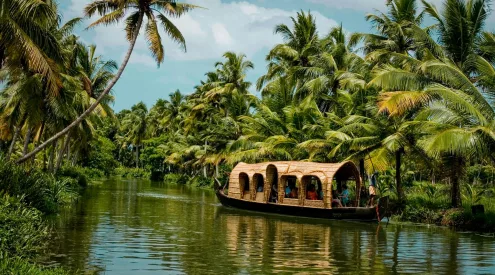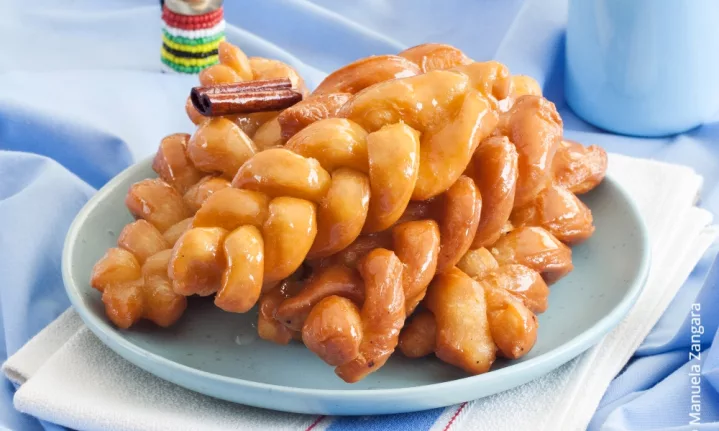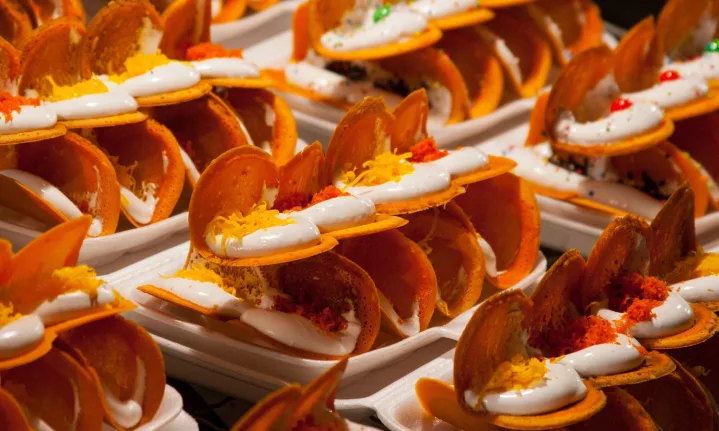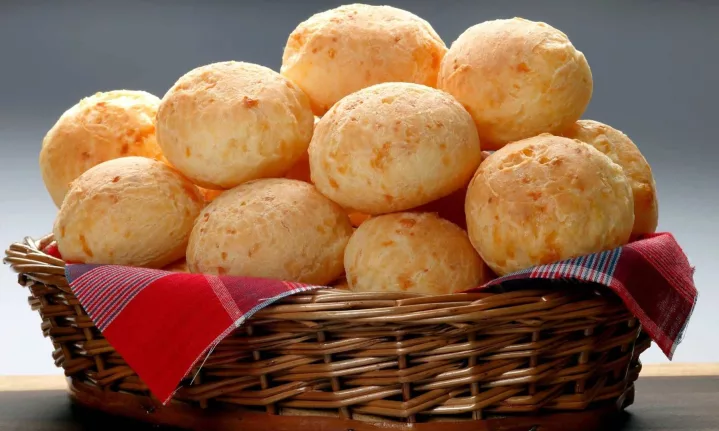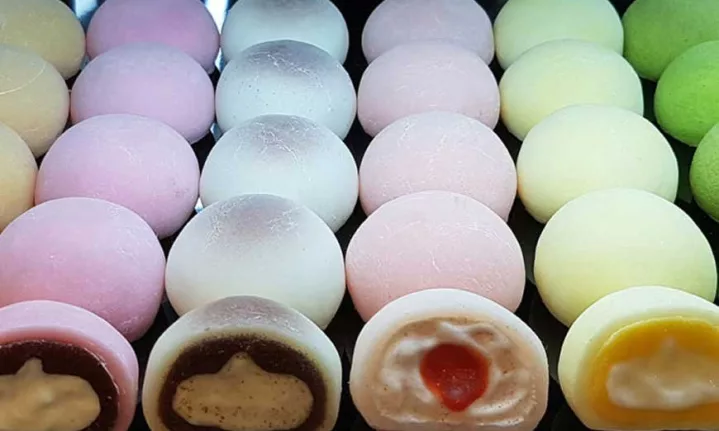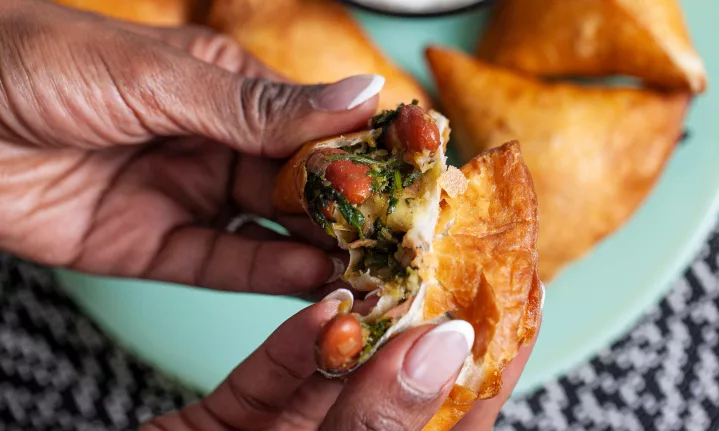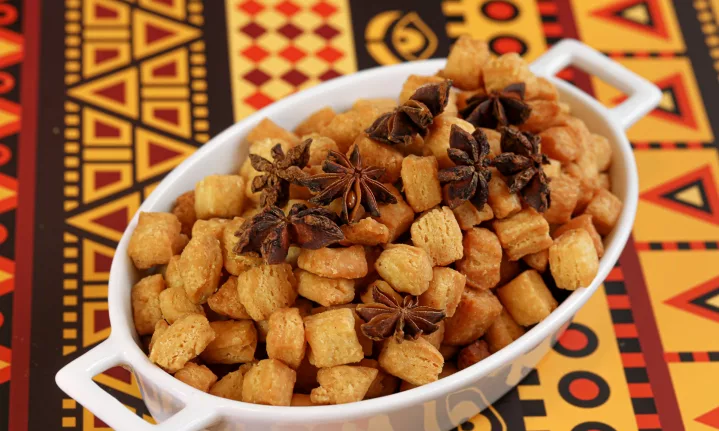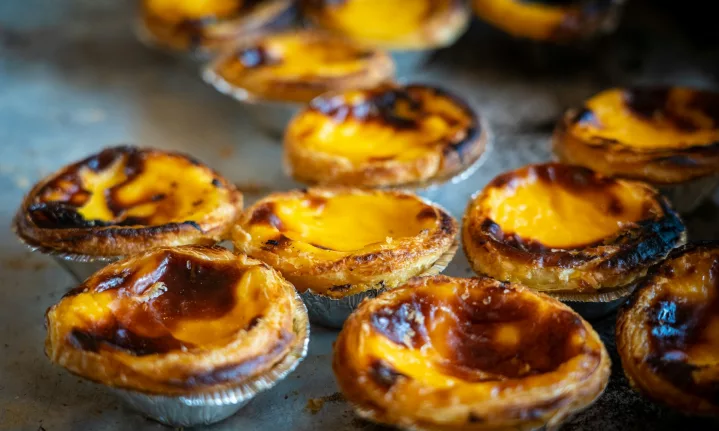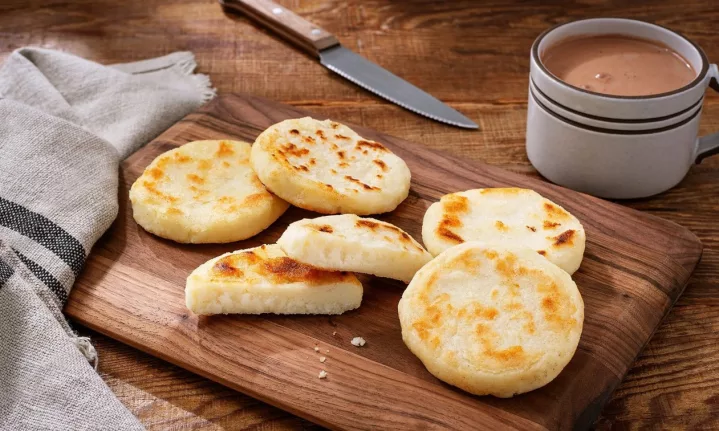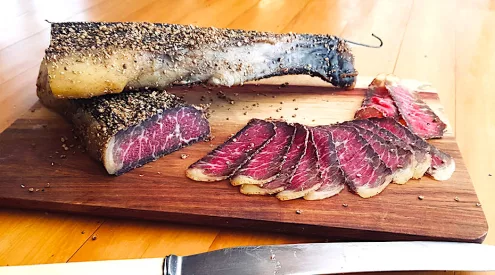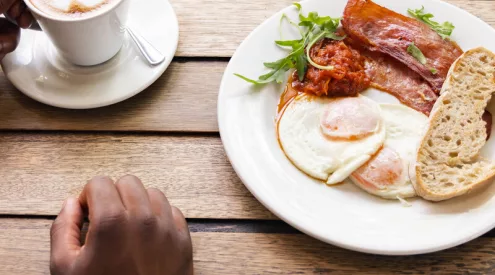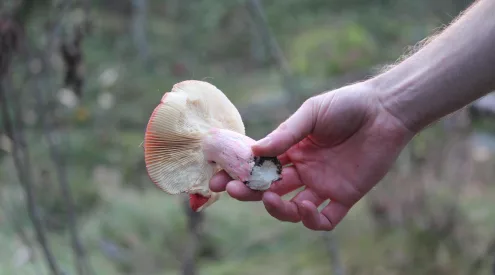Forget the multiple-course meals—sometimes, the real magic of travel is in a pocket-sized snack. Humble, flavour-packed, and tied to local traditions, these bites are culinary souvenirs in their own right.
From Japan’s iconic mochi to West Africa’s addictive chin chin, here are ten snacks that are worth crossing borders for.
Pastel de Nata – Portugal
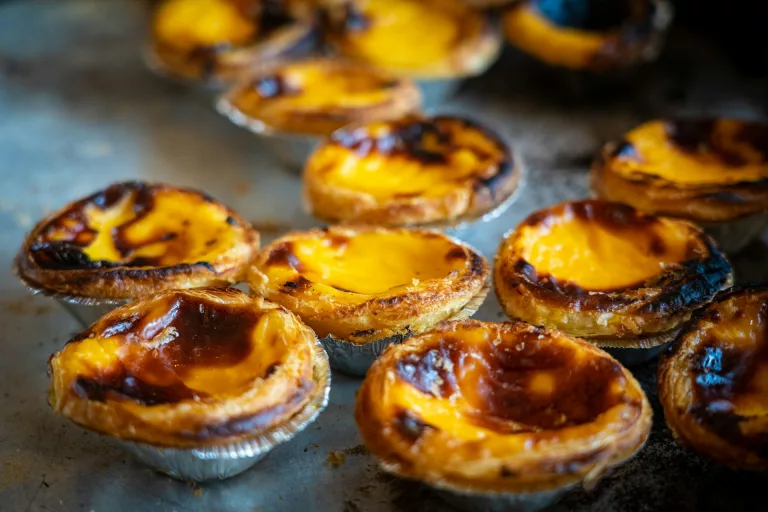
Nick Fewings/Unsplash
Golden and caramelised on top, custardy in the middle, and nestled in a flaky puff pastry shell—pastéis de nata are Portugal’s most beloved edible export. Created by monks in Lisbon’s Jerónimos Monastery in the 18th century, these tarts were once made to use up leftover egg yolks. Today, the best place to try them is Pastéis de Belém, where the recipe remains a closely guarded secret. Dust yours with cinnamon and pair it with an espresso for the full experience.
Chin Chin – West Africa
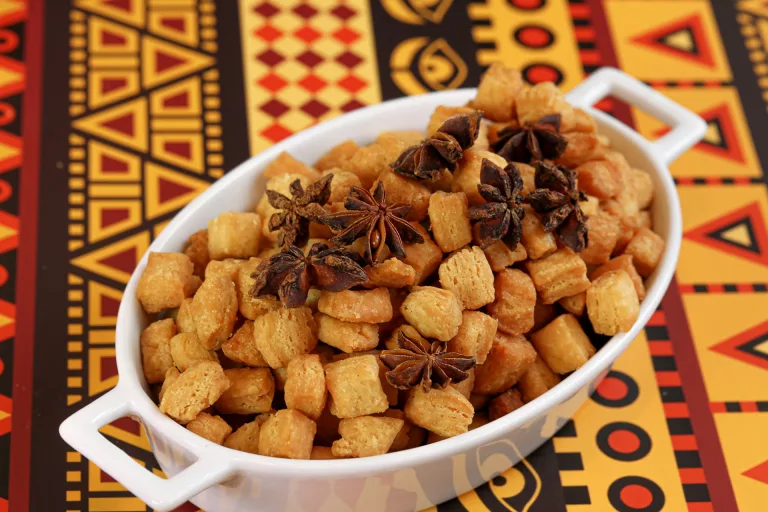
Keesha’s Kitchen/Unsplash
Sweet, crunchy, and endlessly snackable, chin chin is a staple in Nigerian and Ghanaian celebrations. Made from a simple dough of flour, sugar, butter, and nutmeg, these little fried cubes are a favourite at weddings, birthdays, and roadside stalls alike. In Lagos or Accra, you’ll often find them sold in plastic bags—perfect for munching on while navigating the city’s lively markets. They also keep well, making them ideal souvenirs.
Sambusa – East Africa & Middle East
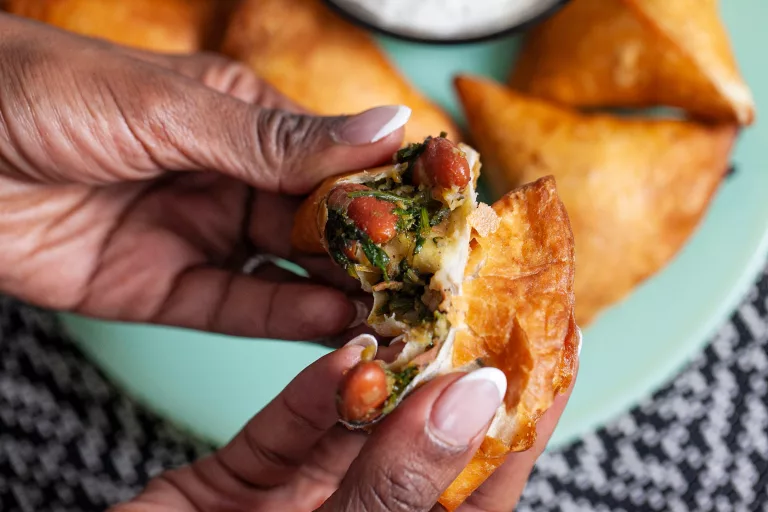
Picture/FARIDEH is the best
Resembling its Indian cousin, the samosa, the sambusa is a triangular pastry filled with spiced lentils, minced meat, or vegetables. It’s especially popular during Ramadan, when families break their fast with a hot sambusa straight from the frying pan. Found across Somalia, Ethiopia, Eritrea, and Sudan (as well as Yemen and the Levant), sambusas are a culinary symbol of cultural cross-pollination via centuries-old spice routes.
Mochi – Japan
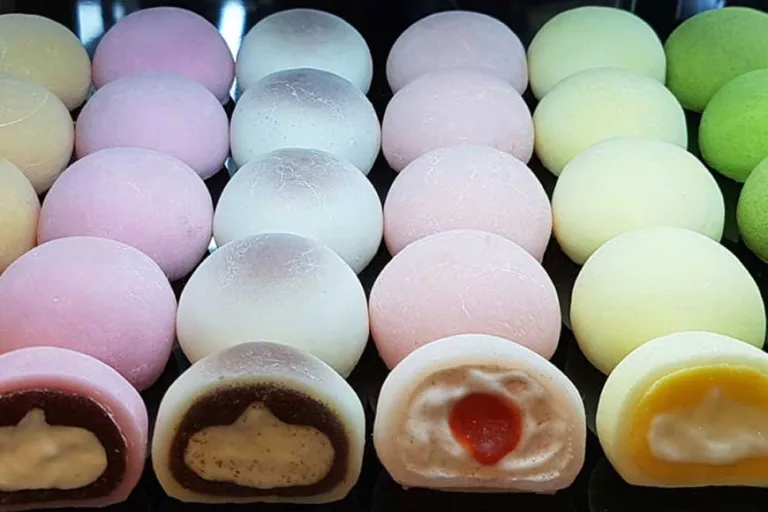
Picture/Nipino/ Bekago15
A bite of mochi is a textural sensation—soft, stretchy, and gently sweet. Made from pounded glutinous rice, mochi is both a traditional offering and a modern treat. You’ll find it in convenience stores and boutique sweet shops across Japan, often filled with red bean paste or fresh fruit. Try ichigo daifuku (mochi stuffed with a whole strawberry) during spring or savour warm yaki mochi grilled over coals during winter.
Arepas – Venezuela & Colombia
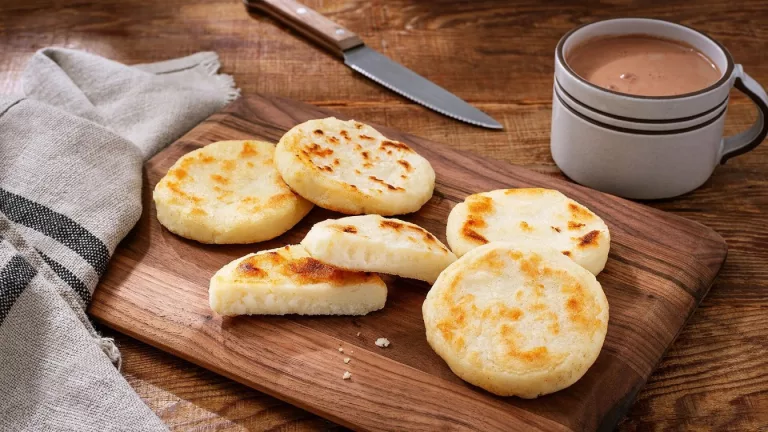
Picture/Goya Foods
These round cornmeal cakes are crisp on the outside, tender on the inside, and endlessly versatile. Arepas are eaten for breakfast, lunch, or as a snack, stuffed with everything from cheese to shredded beef and avocado. In Bogotá or Caracas, street vendors sling arepas from carts with steaming griddles, their comforting aroma filling the air.
ALSO READ: Sip, Shake, Travel: The origins of 10 famous cocktails
Pão de Queijo – Brazil
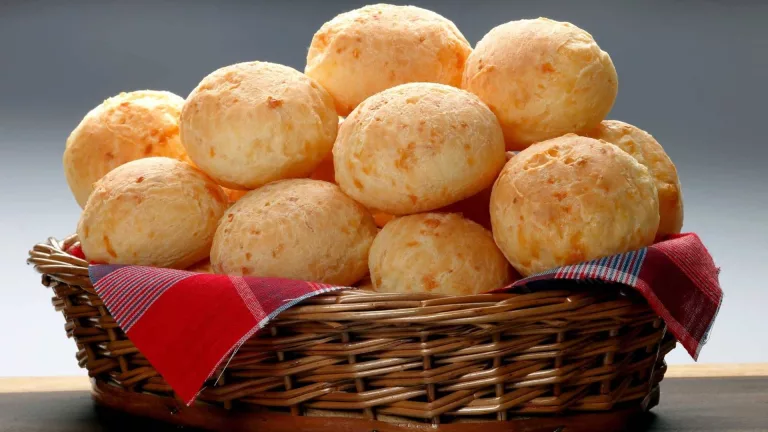
Picture/Moinho Globo
Crusty outside, pillowy inside, and bursting with cheese, pão de queijo is Brazil’s ultimate comfort snack. Made with cassava flour, these gluten-free bites are a product of colonial ingenuity and indigenous ingredients. You’ll find them at bakeries and airports alike, best enjoyed warm with a cup of coffee. They’re especially popular in the state of Minas Gerais, where the cheese used is a local pride.
Börek – Turkey & the Balkans
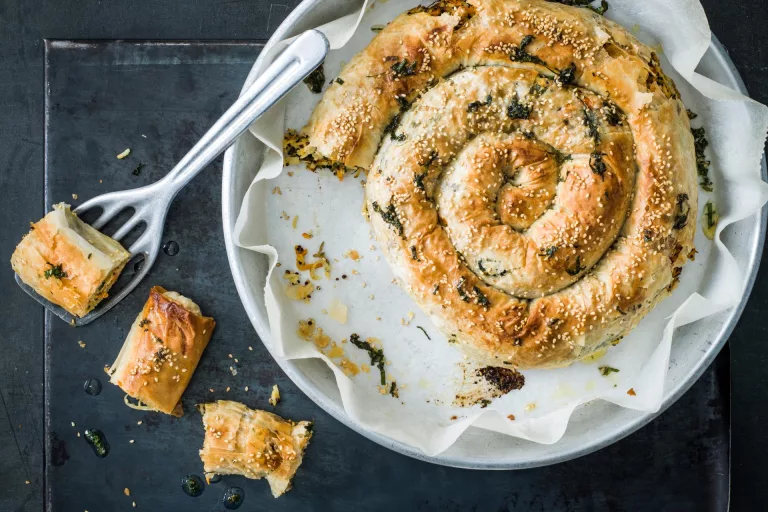
Picture/Fooby
Crispy layers of filo pastry, cradling a savoury filling of cheese, spinach, or minced meat—börek is a Balkan classic that traces its roots to the Ottoman Empire. Every region has its version, from spirals to cigar rolls. In Sarajevo or Istanbul, it’s a beloved breakfast, often paired with yoghurt or ayran. Whether it’s served in a sit-down bakery or wrapped in brown paper from a corner shop, börek delivers comfort in every bite.
Khanom Buang – Thailand
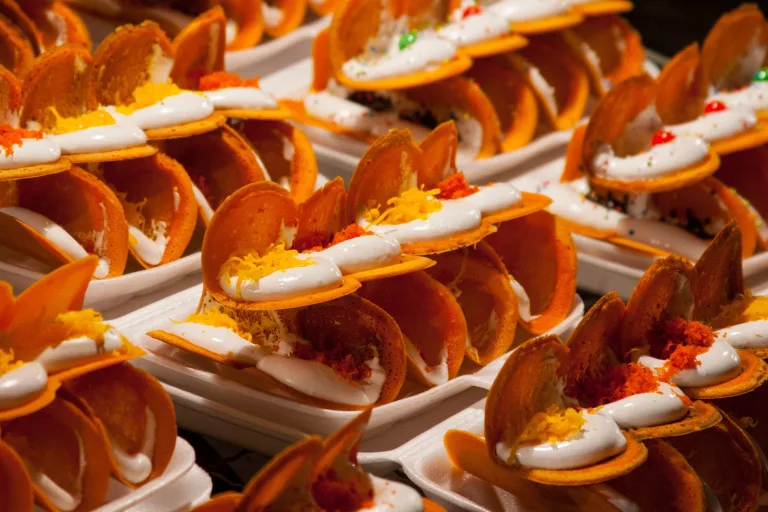
Picture/Taste of Thailand
A street food favourite in Bangkok’s night markets, khanom buang looks like a tiny taco but tastes like a sweet-and-savoury treat. These crispy rice flour crepes are filled with coconut cream and toppings like golden egg yolk threads (foi thong) or shredded coconut. Dating back to the Ayutthaya period, these colourful confections offer a glimpse into Thailand’s long-standing culinary artistry.
Koeksisters – South Africa
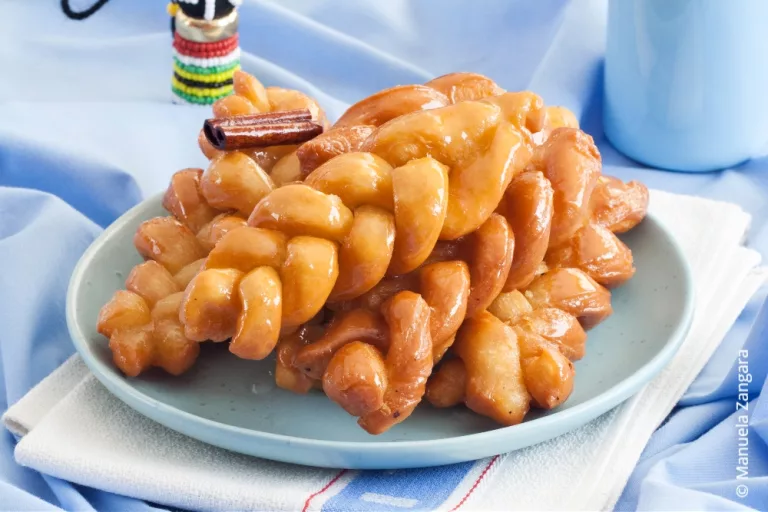
Picture/Manu’s Menu
Twisted, golden, and soaked in syrup until sticky-sweet, koeksisters are a South African classic with roots in both Afrikaans and Cape Malay traditions. The Afrikaans version is braided and dunked in syrup, while the Cape Malay variety (koesister) is spiced and rolled in coconut. Either way, they’re best eaten cold and with sticky fingers. Find them in bakeries and roadside farm stalls across the Western Cape.
Khachapuri – Georgia

Picture/Culture Cheese Magazine
Georgian cuisine’s crown jewel, khachapuri, is a boat-shaped bread filled with gooey cheese and topped with a runny egg. Tear off the crust and dip it into the molten centre for maximum joy. Each region in Georgia has its own spin—Adjaruli is the most famous, but don’t skip Imeruli, a round, enclosed version. This is comfort food with architectural flair and deep cultural roots.
Follow us on social media for more travel news, inspiration, and guides. You can also tag us to be featured.
TikTok | Instagram | Facebook | Twitter
ALSO READ: Global food markets you have to visit — and their African equivalents






